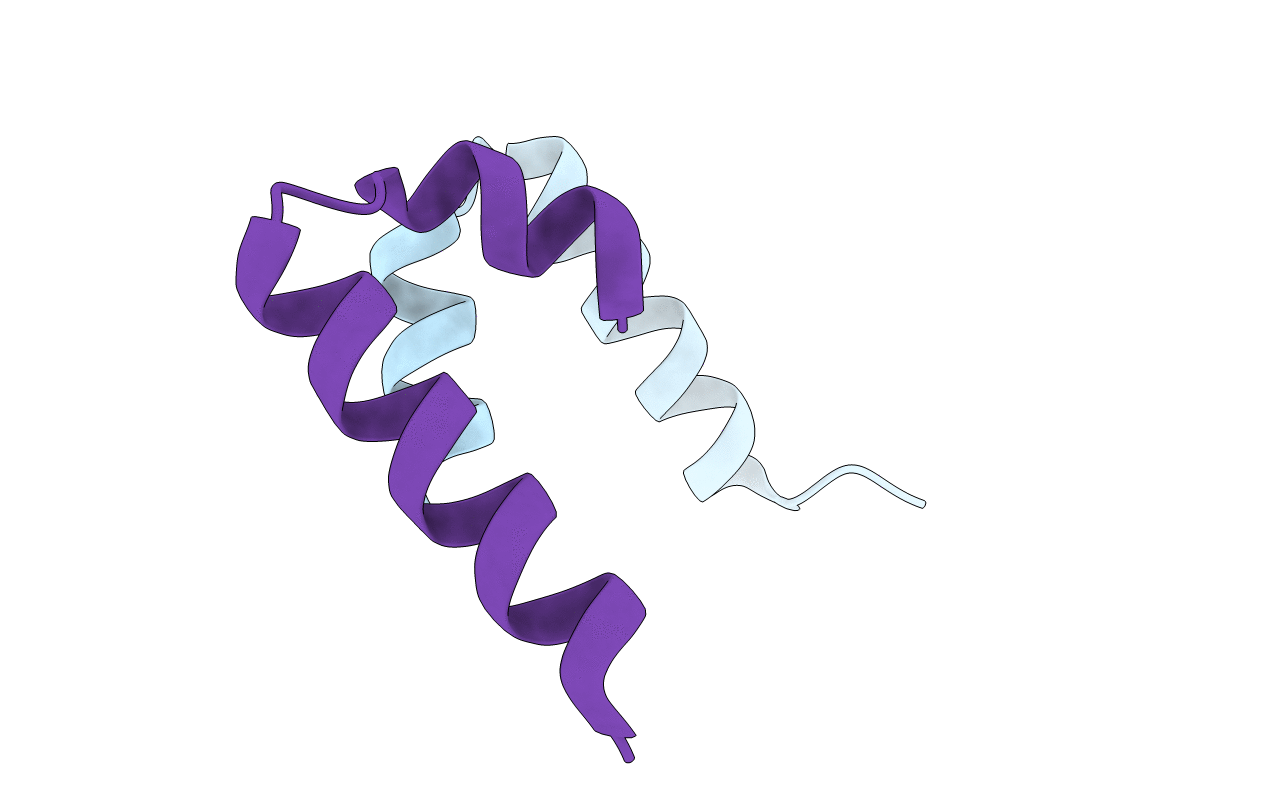
Deposition Date
2001-06-01
Release Date
2001-07-11
Last Version Date
2024-11-13
Entry Detail
PDB ID:
1JB6
Keywords:
Title:
Crystal Structure of Dimerization Domain (1-33) of HNF-1alpha
Biological Source:
Source Organism:
Method Details:
Experimental Method:
Resolution:
1.70 Å
R-Value Free:
0.24
R-Value Work:
0.23
Space Group:
P 21 21 2


